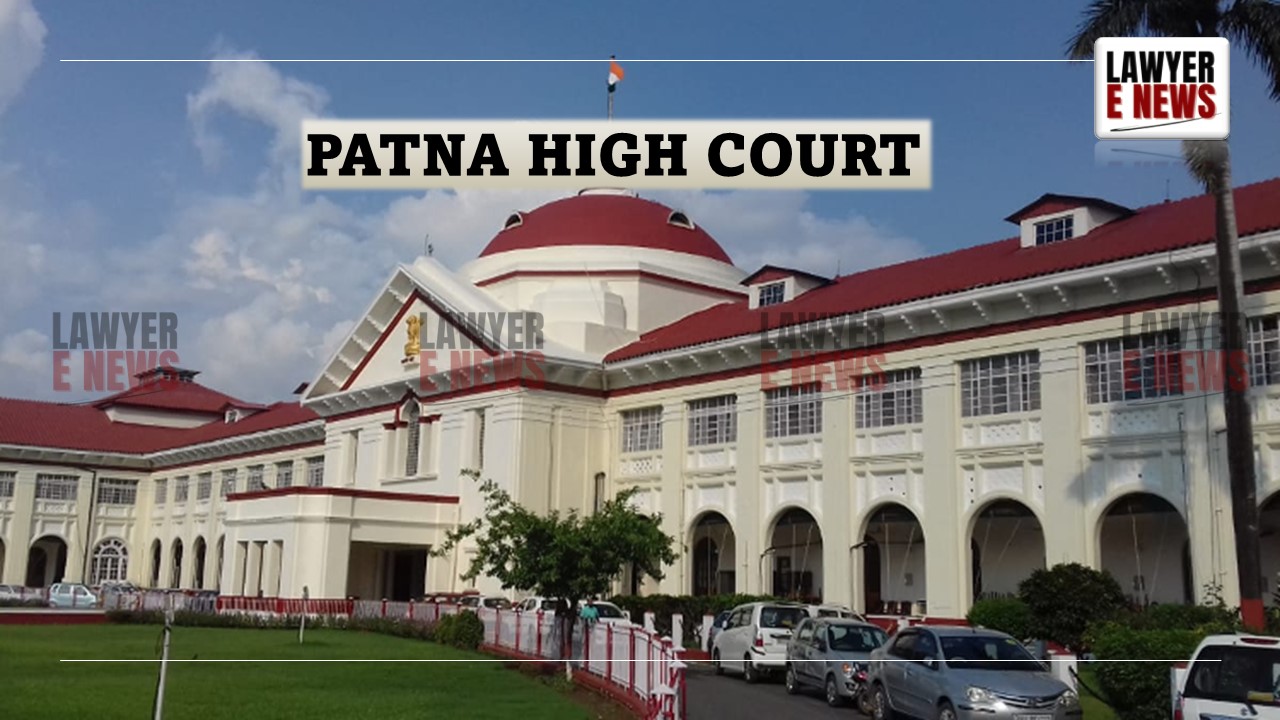-
by Admin
17 December 2025 4:09 PM



"Judicial orders of Civil Courts are not subject to writ jurisdiction under Article 226; the appropriate remedy lies under Article 227," held the Patna High Court, clarifying the distinction between the two constitutional provisions.
Justice Mohit Kumar Shah dismissed a writ petition filed under Article 226, challenging a judicial order of the Civil Court. Instead, the Court directed the petitioner to convert the writ petition into a Civil Miscellaneous Petition under Article 227 within four weeks, in compliance with established legal precedents and amended High Court rules.
"Writ of Certiorari Does Not Apply to Judicial Orders of Civil Courts"
The petitioner, Sk. Mohammad Usman, challenged an interlocutory order passed by the 2nd Munsif, Siwan, in Execution Case No. 2/2012, wherein the trial court rejected the petitioner’s application under Order 6 Rule 17 read with Section 151 of the CPC for amending pleadings.
Citing the Supreme Court’s ruling in Radhey Shyam v. Chhabi Nath [(2015) 5 SCC 423], Justice Mohit Kumar Shah reaffirmed that judicial orders passed by Civil Courts cannot be challenged under Article 226. Instead, they fall within the supervisory jurisdiction of High Courts under Article 227.
The Court observed: "Judicial orders stand on a distinct footing from orders of authorities or tribunals. While writ jurisdiction under Article 226 lies against administrative or quasi-judicial orders, judicial orders are subject only to appellate, revisional, or supervisory jurisdiction."
"Article 227: Supervisory Role Distinct from Article 226"
The judgment highlighted the Supreme Court’s distinction between Articles 226 and 227. Under Article 227, High Courts exercise supervisory jurisdiction to ensure that subordinate courts function within the bounds of their authority.
Justice Shah emphasized: "The jurisdiction under Article 227 is constitutional and supervisory, distinct from the remedial nature of Article 226. Contrary views suggesting an overlap between the two have been overruled by the Apex Court."
The Court cited paragraphs 25-30 of Radhey Shyam to emphasize that the writ of certiorari does not extend to judicial orders of Civil Courts. Instead, appeals, revisions, and supervisory powers under Article 227 serve as appropriate remedies.
"Rules of the Patna High Court Align with Supreme Court Precedent"
Following the Supreme Court’s ruling, the Patna High Court amended its rules to clarify that petitions challenging judicial orders of Civil Courts must be filed under Article 227 in the Civil Miscellaneous Jurisdiction.
Justice Shah referred to Rule 6 of Chapter IIIA of the High Court Rules:
"Petitions under Article 227 of the Constitution of India in respect of any order or proceeding before any Civil Court would be filed in the Civil Miscellaneous Jurisdiction and numbered accordingly."
The Court noted that the case had been pending for over 11 years, underscoring the need for expedited resolution. Granting four weeks for converting the petition into a Civil Miscellaneous Petition, Justice Shah directed the registry to provide full assistance to the petitioner’s counsel to facilitate the conversion.
The Court further ordered the registry to prioritize listing the case after conversion:
"The registry shall ensure that the converted petition is listed promptly before the appropriate Bench in light of the case’s prolonged pendency."
1. Article 226 and Judicial Orders: The writ jurisdiction under Article 226 does not extend to judicial orders passed by Civil Courts. Such orders can only be challenged through statutory appeals, revisions, or under Article 227.
2. Scope of Article 227: The supervisory jurisdiction under Article 227 is distinct from the writ jurisdiction under Article 226 and is constitutionally intended to oversee the functioning of subordinate courts.
3. Amendment to High Court Rules: In compliance with the Supreme Court's decision in Radhey Shyam, the Patna High Court amended its procedural rules to mandate that petitions against judicial orders be filed under Article 227.
Date of Decision: January 8, 2025
